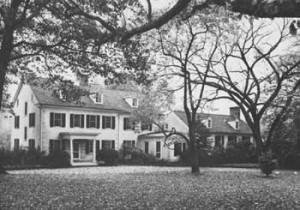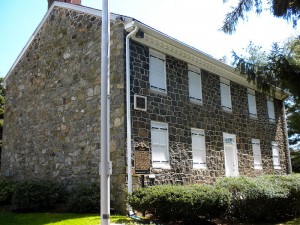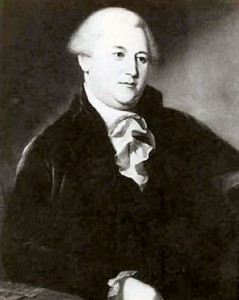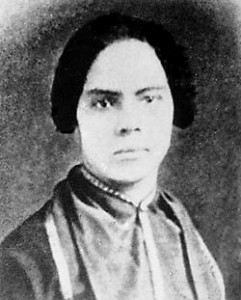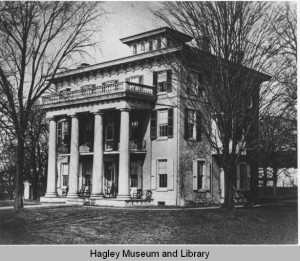Local legal historic sites – Jacob Broom house
Jacob Broom, a modest and hardworking businessman, is one of the least known signers of the United States Constitution. There is not even a contemporary portrait available of him.
Broom was the only one of the five Delaware delegates to the Constitutional Convention who was not a lawyer. Born in Wilmington in 1752, Broom was a surveyor and conveyor of title. He also dealt in real estate and operated a number of business ventures, including a machine shop and served as the Chair of the Board of Directors of the Delaware Bank.
Being a delegate to the Constitutional Convention was his only venture into national politics, but he held a number of local offices, including chief Burgess of Wilmington, Justice of the Peace of New Castle County and member of the Delaware state legislature.
He married Rachel Pierce and had eight children. He was a member of Old Swedes Church. He lived originally in the city of Wilmington until 1795 when he built a house for his family near his cotton mills on the banks of the Brandywine. In 1802 he sold the house and mills to Eleuthère Irénée du Pont, who founded his gunpowder mills there. These mills were the beginning of the DuPont Company. Jacob Broom died in 1810 in Philadelphia and is buried in Christ Church Burial Ground.
The Jacob Broom house, also known as Hagley, is privately owned and not open to the public.
Photo by: Jack E. Boucher [Public domain], via Wikimedia Commons
Sources:
Jacob Broom genealogy page: http://www.mccullough.nl/Jacob_Broom.htm
Nomination form of Jacob Broom House for National Register of Historic Places
Signers of the Constitution Biographical Sketches
Campbell, William W. “Life and Character of Jacob Broom,” Historical and Biographical Papers of the State of Delaware, v. 5 (1909)
Drescher, Nuala M. Jacob Broom: A Biographical Sketch. Hagley Museum, 1959
